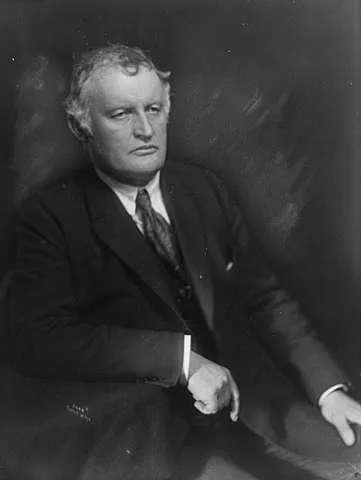
Full Name: Edvard Munch
Nationality: Norwegian
Profession: Painter and Illustrator
Birth Year: 1863
Death Year: 1944
1944 – Edvard Munch, Norwegian painter and illustrator (b. 1863)
As the sun set on a fateful day in January 1944, the art world bid farewell to a genius whose brushstrokes had painted not just canvases but also the very fabric of human emotion. Edvard Munch, born in 1863 amidst the rugged landscapes of Norway, emerged into a world rife with turbulence an environment that would shape his artistic vision and profoundly influence modern art.
From an early age, Munch was no stranger to loss. His mother succumbed to tuberculosis when he was just five years old, leaving behind an indelible mark on his psyche. This early trauma served as the dark undercurrent in much of his work who knows how these experiences shaped his perception of love and existential dread? While other children played carefree, young Edvard found himself enveloped by shadows that lingered long after sunset.
However, rather than retreating into despair, Munch channeled his grief into creativity. At only 15 years old, he began studying at a technical school where he initially pursued engineering. Yet art beckoned him like an irresistible siren song; despite this pressure to conform to societal expectations, he chose to follow his passion for painting a decision that would lead him down an unprecedented path.
Ironically enough, it was during these formative years that Munch produced some of his most famous works. Perhaps it was fate or merely coincidence that led him to create "The Sick Child," which drew from personal experience yet resonated universally with audiences grappling with themes of illness and mortality. When exhibited in Oslo in 1886, critics were divided: while some praised its raw emotionality and honesty, others condemned it for being too morbid! Regardless of the reception at the time, this painting marked the beginning of what would become known as Symbolism a movement focused on expressing emotional experiences through vivid imagery.
Munch's journey continued through tumultuous waters; despite initial setbacks including mental health struggles compounded by social isolation he persevered. One can only speculate how deeply those inner demons influenced "The Scream," arguably his magnum opus created in 1893. The iconic figure shrieking against a blood-orange sky captures existential angst so effectively that even today it reverberates within us! In numerous interviews since then even decades later it became clear: this piece wasn’t merely about one man's anguish but spoke universally about anxiety and alienation amidst modern life.
His life unfolded like one of his surreal paintings: vibrant yet chaotic! During a time marked by dramatic political changes across Europe including two World Wars Munch grappled with both personal crises and broader societal upheaval. He witnessed firsthand how conflict shattered lives; it is perhaps no wonder then that recurring themes like anxiety surfaced throughout many works from this era!
Munch's artistry evolved over time; nevertheless, certain motifs remained constant the interplay between love and death captivated him endlessly! As decades passed by and as society itself changed drastically post-war his work began taking on new forms while still reflecting those age-old concerns... Perhaps one could argue that this duality mirrored humanity’s own struggle against feelings both deep-rooted yet fleeting? It’s worth considering how our emotional responses may transcend generations!
The artist eventually settled into relative obscurity later in life due largely due declining health but even during these quieter times he found ways back onto canvas again! Even more strikingly than before though were themes exploring life's transience paired against notions regarding nature’s beauty! For instance: pieces like “The Dance” portrayed joyous moments amidst inevitable endings… Such contrast beautifully illustrates complexities within our existence where joy cannot exist without sorrow!
The End Is Just Another Beginning
The final chapter of Munch's life unfolded quietly within Norway’s embrace until January 23rd when death came calling at last… Onlookers might wonder if any regrets lingered unaddressed amid all those evocative paintings lining gallery walls worldwide or whether fulfillment rested comfortably upon their creator instead?
A Reflection on Influence
- Pioneer: Edvard Munch paved pathways leading towards Expressionism a movement which emphasized subjective experience over realistic representation!
- Cultural Icon: His artwork continues influencing countless artists today from contemporary painters experimenting with similar emotions down through photographers capturing visceral moments reflective essence akin original themes explored centuries ago...
- An Emotional Resonance: Even current generations find relevance within emotions expressed during tumultuous times faced daily across societies globally!






